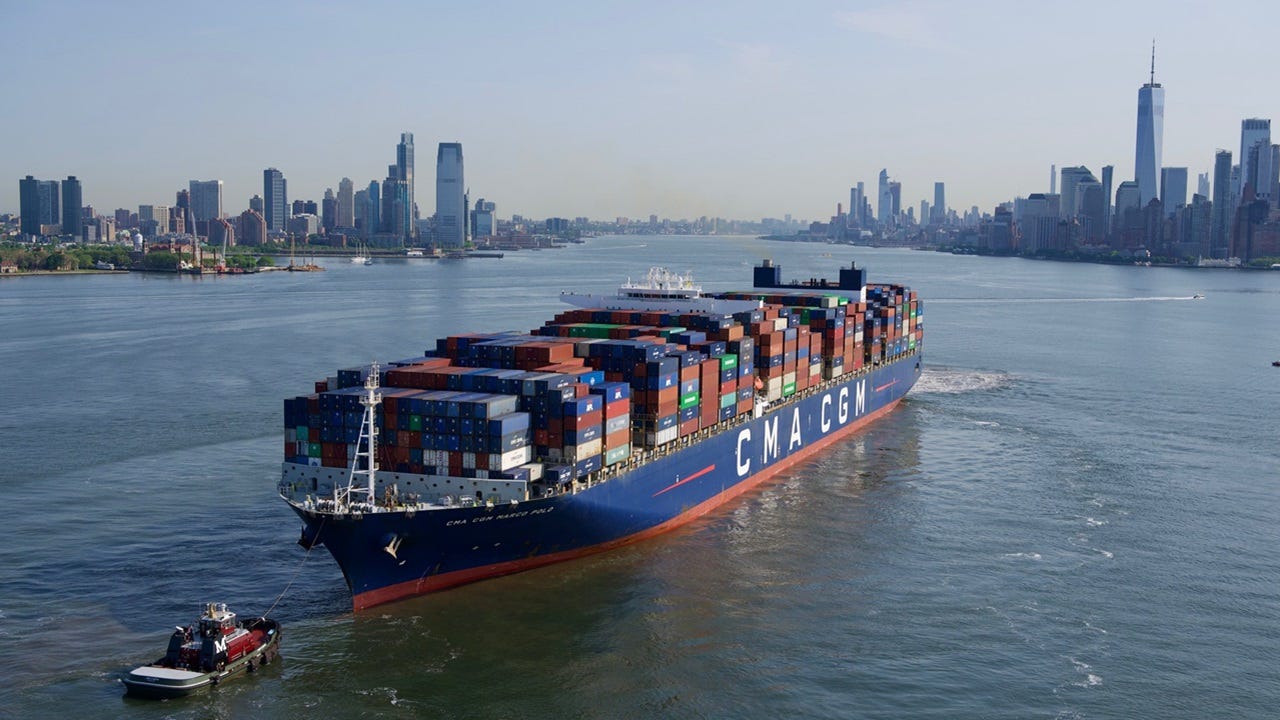NONE
none
none
none
none

This year, Korea's exports exceeded 700 billion dollars for the first time on an annual basis. It is the first achievement in 77 years since the establishment of the government. After the United State..

Năm nay, xuất khẩu của Hàn Quốc đã vượt qua 700 tỷ đô la lần đầu tiên tính theo năm. Đây là thành tựu đầu tiên trong 77 năm kể từ khi thành lập chính phủ. Sau Hoa Kỳ...

Additional fees for Chinese owned/operated and China-built vessels calling at US ports come into force on 14 October but confusion reigns over implementation.

Phí bổ sung cho các tàu thuộc sở hữu/điều hành của Trung Quốc và tàu được sản xuất tại Trung Quốc ghé cảng Mỹ có hiệu lực từ ngày 14 tháng 10, nhưng có sự nhầm lẫn trong việc thực hiện.

NVOCC is one of the terms you would have heard quite often in day to day business particularly if you are in the US or Chinese markets.

BPO là viết tắt của cụm từ Business Process Outsourcing thông thường ở VN chúng ta gọi là Outsource.

Bạn thiết kế các tàu có thể đáp ứng nhu cầu cụ thể để vận hành và giao hàng hóa thành công 🚢🔧

You design vessels that can accommodate the specific needs to operate and deliver cargo successfully 🚢🔧

The harm from tariffs will be lasting and deep

Cả hai thuật ngữ đều liên quan đến việc chia sẻ không gian, nhưng vai trò của chúng khác nhau.

The e-CO was first introduced in Vietnam in 2018. Specifically, the e-CO system has been deployed on the platform of the Customs Department under the Ministry of Finance. This represents a significant step in promoting the use of digital technology and reducing paper-based procedures in the process of verifying the origin of goods.

Ban hành kèm Thông tư số 38/2015/TT-BTC ngày 25/3/2015 của Bộ Tài chính PHỤ LỤC II CHỈ TIÊU THÔNG TIN LIÊN QUAN ĐẾN THỦ TỤC HẢI QUAN ĐIỆN TỬ ĐỐI VỚI HÀNG HÓA XUẤT KHẨU, NHẬP KHẨU

PHỤ LỤC I (Ban hành kèm Thông tư số 39/2018/TT-BTC ngày 20/4/2018 của Bộ trưởng Bộ Tài chính) Thay thế Phụ lục II Thông tư số 38/2015/TT-BTC như sau: Phụ lục II CHỈ TIÊU THÔNG TIN LIÊN QUAN ĐẾN THỦ TỤC HẢI QUAN ĐIỆN TỬ VÀ CHẾ ĐỘ QUẢN LÝ ĐỐI VỚI HÀNG HÓA XUẤT KHẨU, NHẬP KHẨU (Ban hành kèm Thông tư số 38/2015/TT-BTC ngày 25/3/2015 của Bộ trưởng Bộ Tài chính)